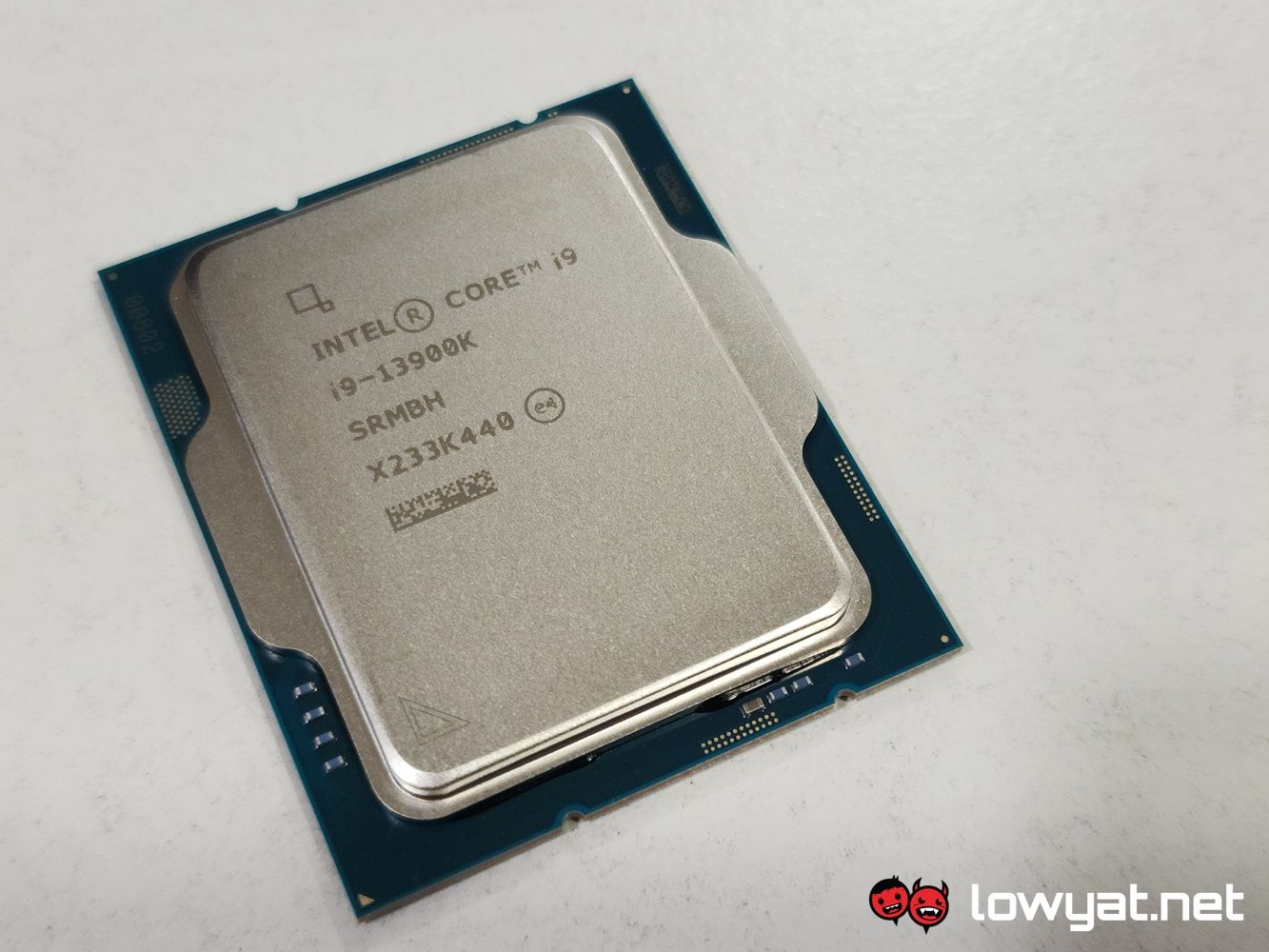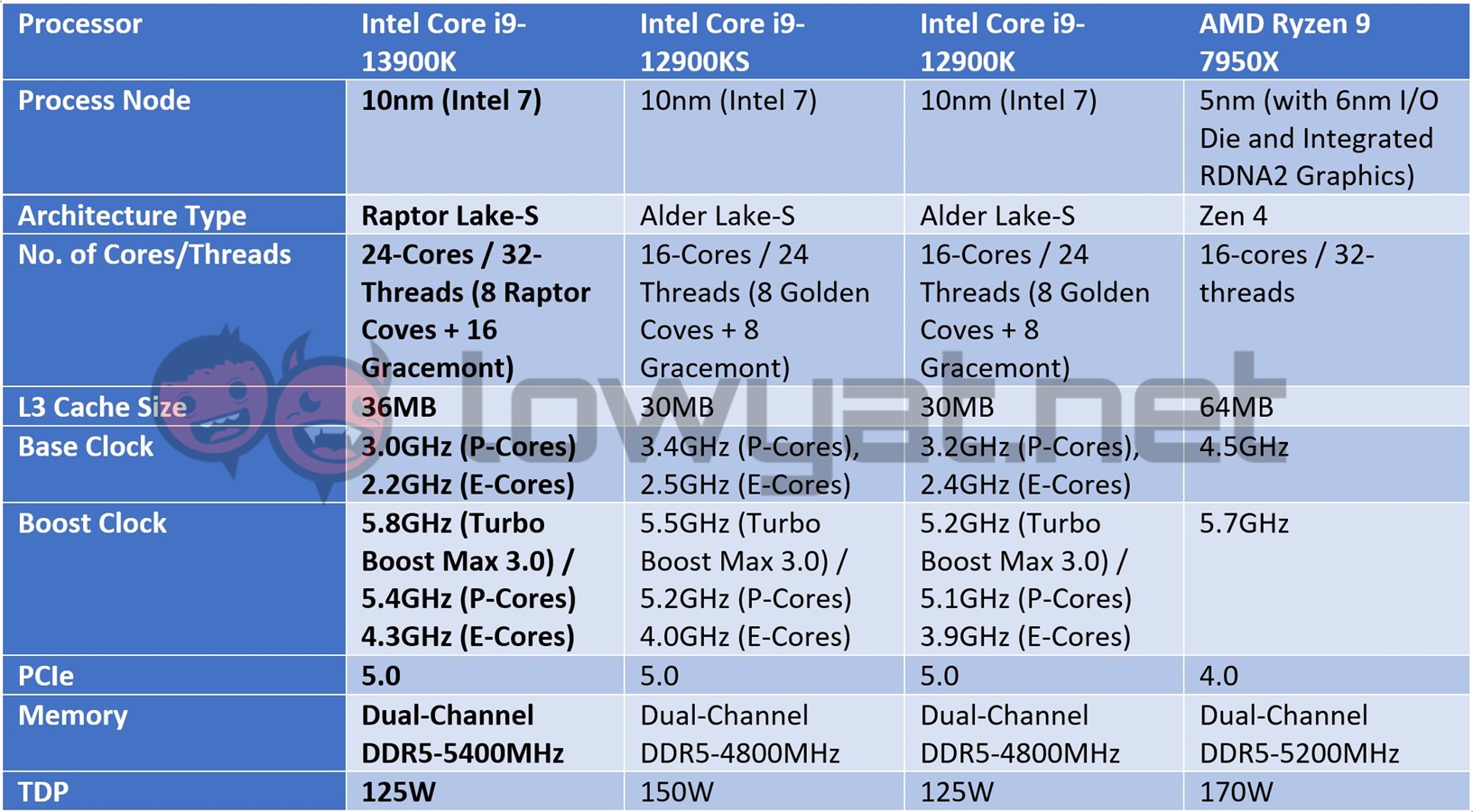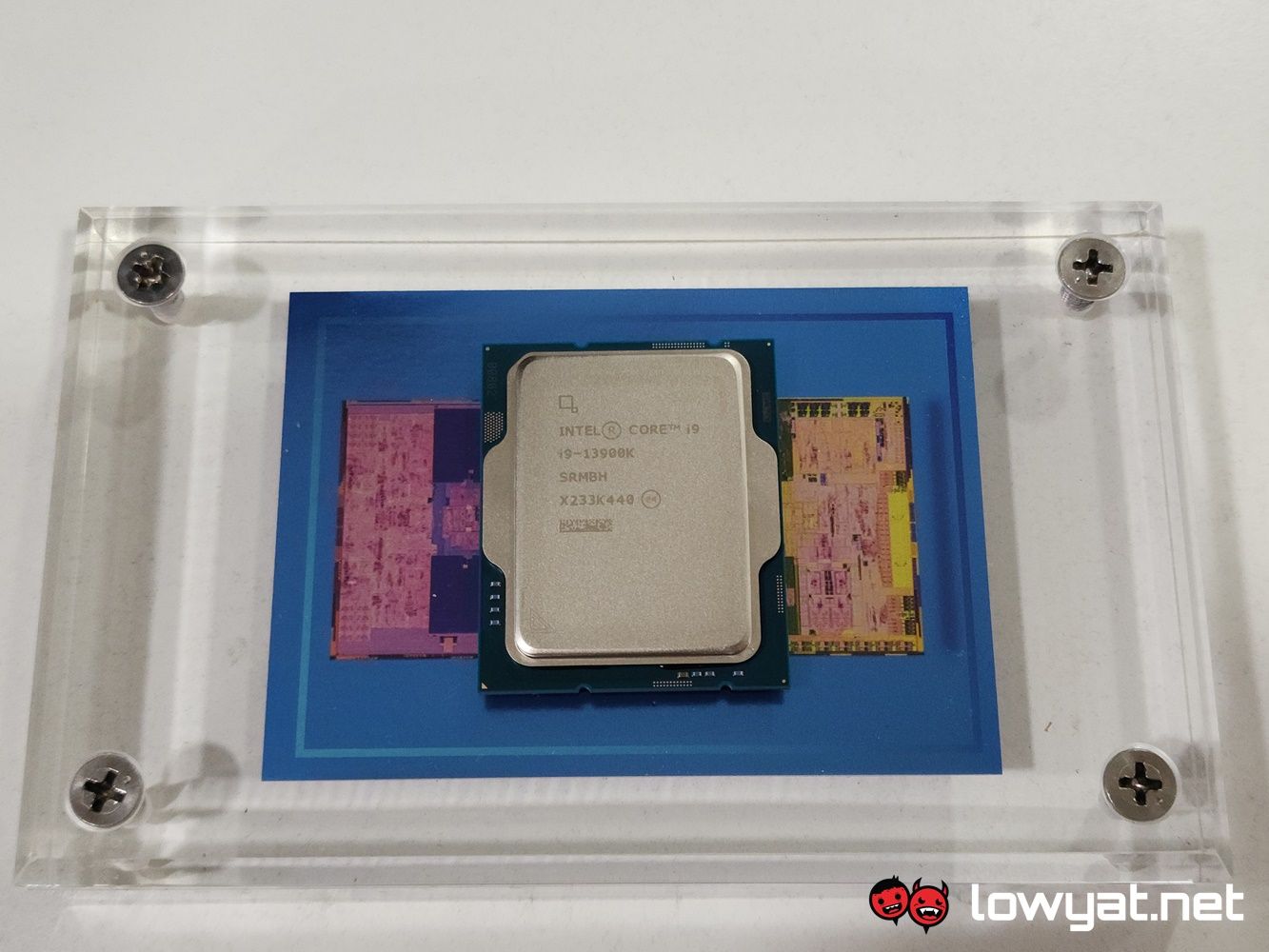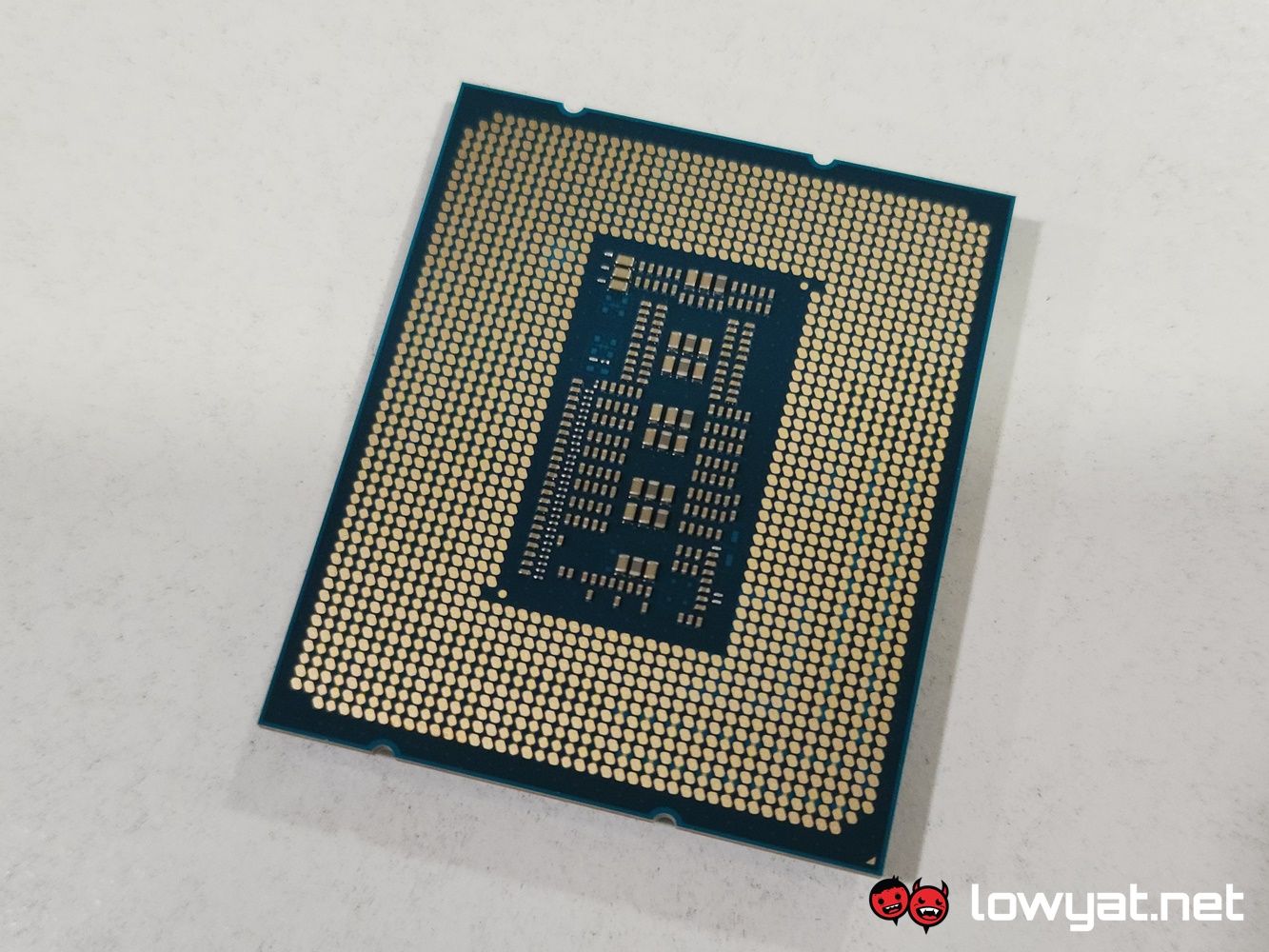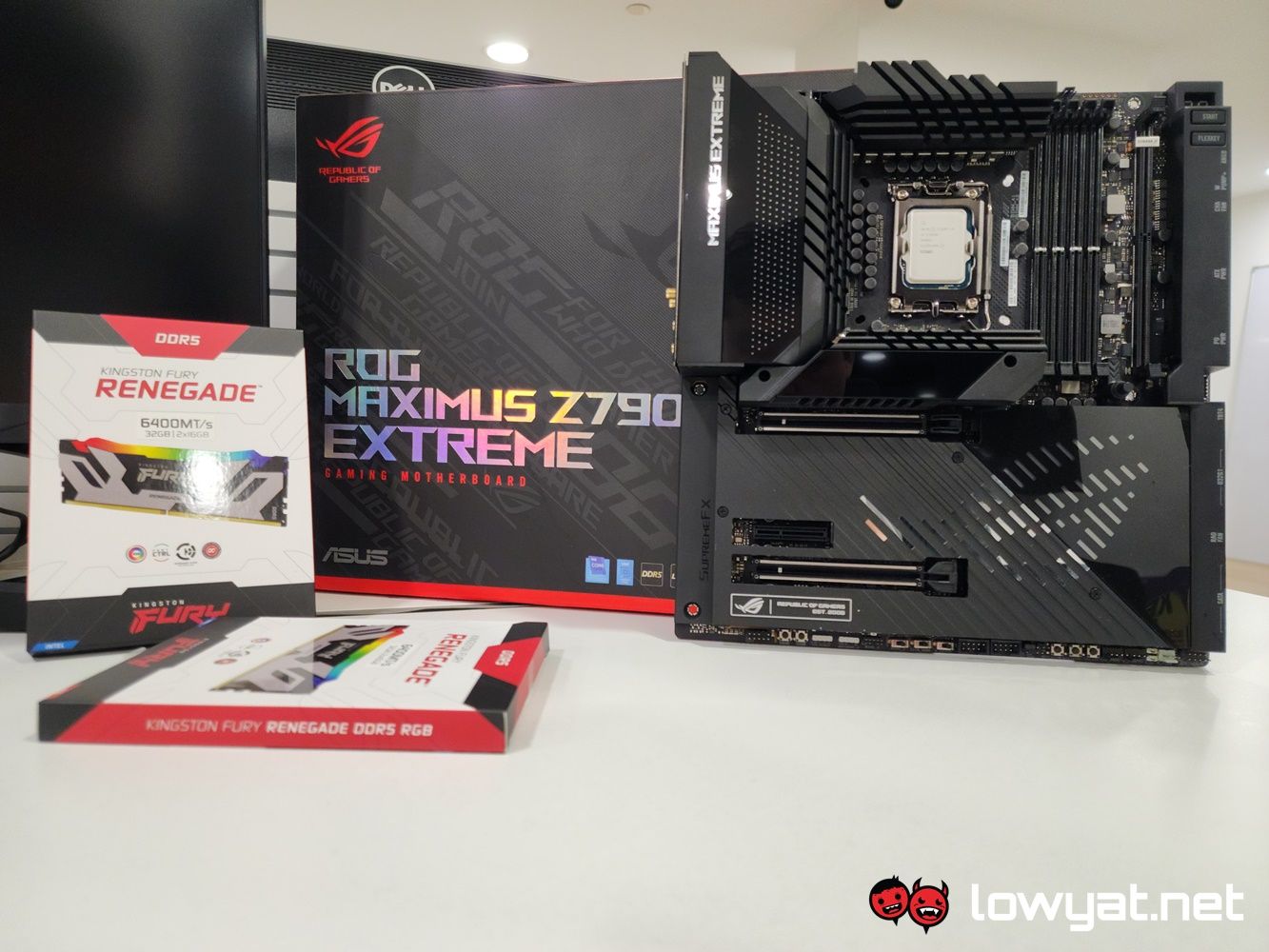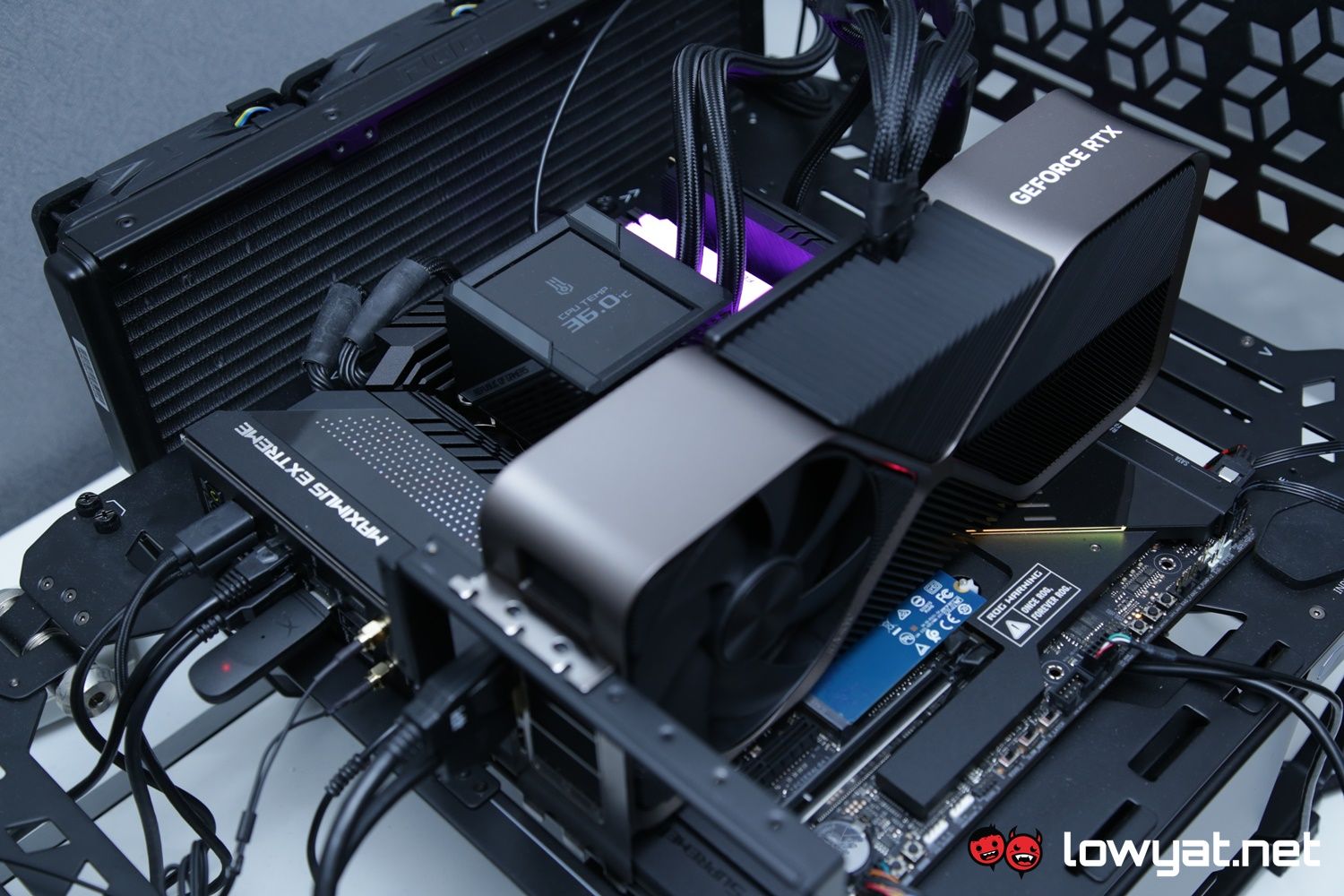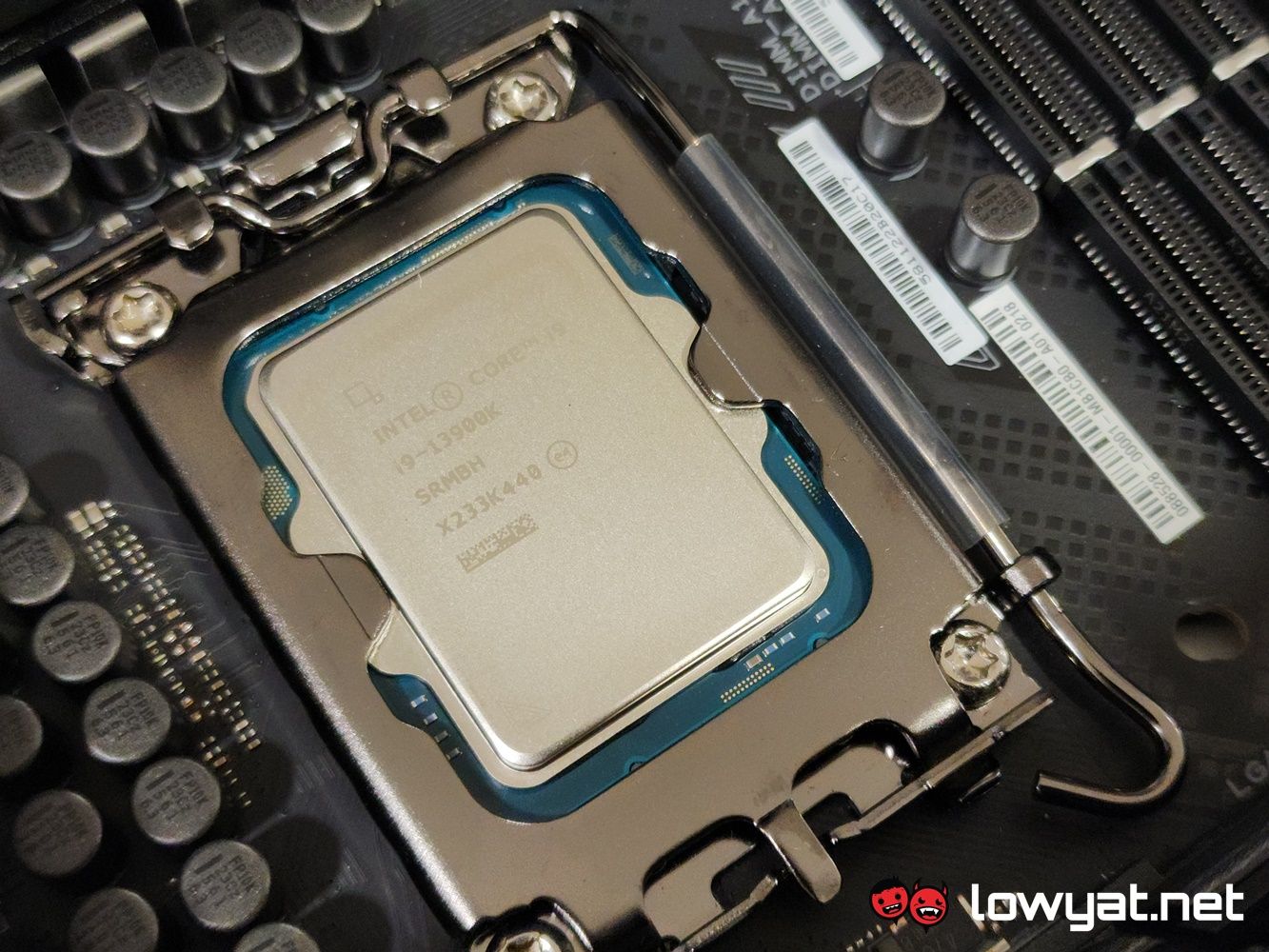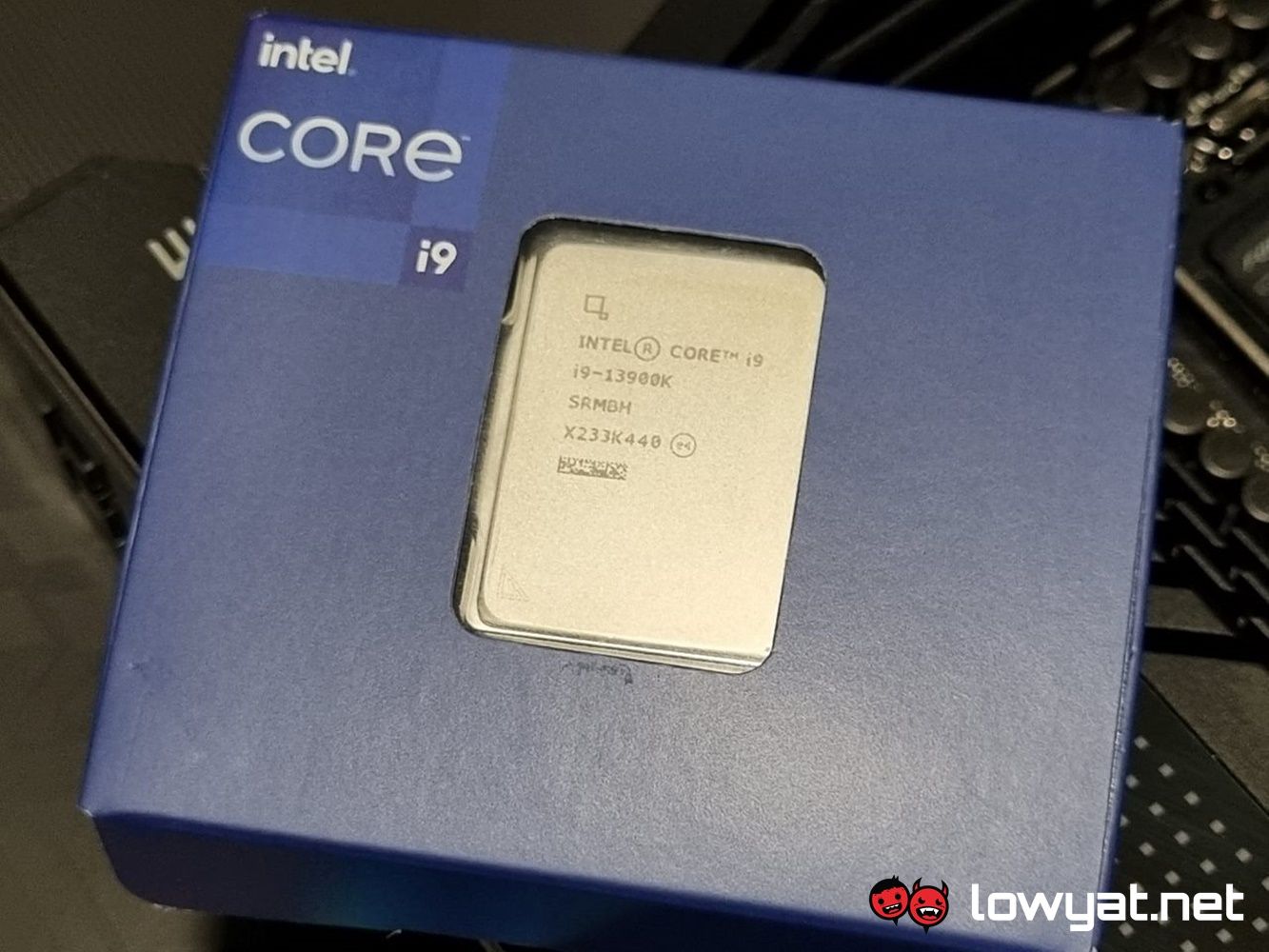Intel’s 13th generation Raptor Lake lineup is finally here and as you can see, we’ve got the Core i9-13900K in our lab, the series’ top-of-the-line SKU. The new CPU comes a year after we reviewed the company and frankly, there’s a lot to like about it.
Specifications
Design
As far as the architecture of the 13900K goes, the CPU, along with the rest of the CPUs in its generation, are actually just modest improvements over what Intel initially offered with Alder Lake. For starters, the core count has been increased across the board, albeit them just being Gracemont cores or E-Cores, for short. That in turn means an increase in thread count; for this flagship SKU, that number goes up from 16-cores to 24-cores.
That isn’t to say that the 13900K’s P-Cores haven’t been given an update either. Whereas Intel’s 12th generation P-Cores were comprised of Golden Cove cores, the ones in the 13th generation Raptor Lake lineup are aptly known as Raptor Cove.
And the buck doesn’t stop there either. Learning what it could’ve done better, Intel is now able to push the 13900K’s base and boost clocks to greater heights. In this case, its maximum boost clock is able to hit 5.8GHz, beating AMD’s own flagship CPU, the 7950X, by a meagre 100MHz in speed, and that’s right out of the box.
Surprisingly, one thing I noticed about the 13900K during my testing of it was that two, and not one, of its P-Cores are able to run at 5.8GHz concurrently. Typically, the maximum boost clocks listed on all Intel’s CPUs only have one of its cores running at their advertised speeds, and to date, the only other processor capable of running two cores are maximum speeds at a time is the chipmaker’s last major flagship that launched not too long ago, the Core i9-12900KS.

Having two P-Cores running at 5.8GHz at the same time may be useful in productivity use cases and scenarios and in gaming, that means that the 13900K should theoretically dominate the playing field.
Testbench
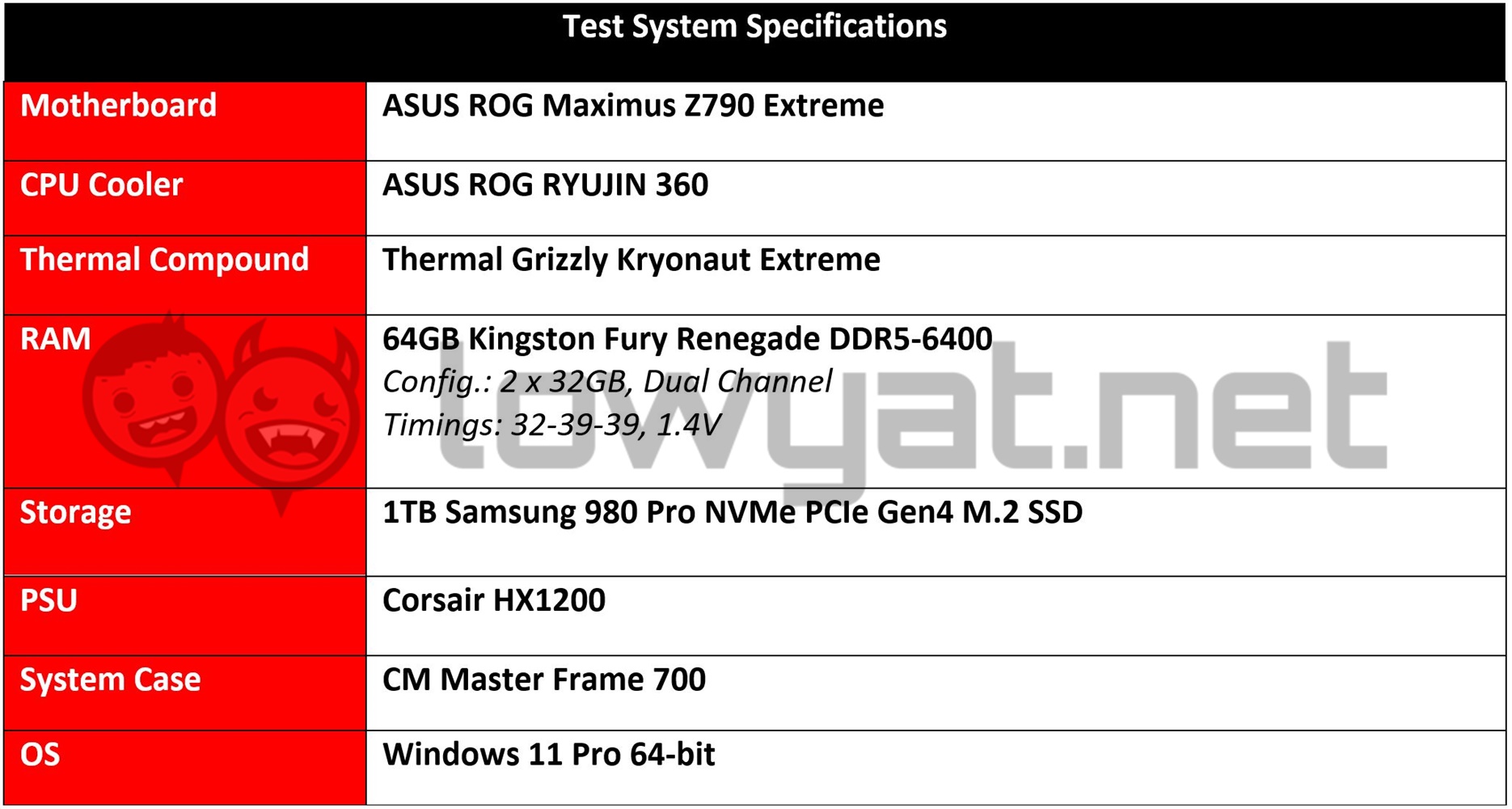 In order to test the 13900K’s prowess, I’ll be using the ROG Maximus Z790 Extreme, courtesy of ASUS. If I may slide over to the side and speak about this motherboard for a bit, its presence and existence is nothing short of breathtaking.
In order to test the 13900K’s prowess, I’ll be using the ROG Maximus Z790 Extreme, courtesy of ASUS. If I may slide over to the side and speak about this motherboard for a bit, its presence and existence is nothing short of breathtaking.
It is both a hefty and heavy motherboard, thanks on no small part to all the metal that has been bolted to it, and that again adds to its charm. In addition, ASUS has brought back the mini LCD, which also doubles as the massive heatsink that sits right on top of NVMe Gen5 SSD slot.
On another note of this oversized 13900K cradle, ASUS has also seen fit to install its Anime Matrix LEDs into the top of the I/O covers. It’s a nice touch and definitely adds another dimension of interactive LEDs to the motherboard, but given that this is a ROG Maximus board, it’s also not the cheapest board at RM5269. That being said, you can reuse that old Z690 motherboard, given that Intel said that the CPU lineup will be backwards compatible with it. Just make sure you update the BIOS on it first.
Getting back on point, the GPU I am using in this test is the NVIDIA GeForce RTX4090, and I will be benching the 13900K against AMD’s Ryzen 9 7950X, as well as last generation’s Core i9-12900KS. Further, the results shown here are all details obtained from running the CPU right out of the box, and no overclocking was done to either CPU.
Benchmarks
Here’s the situation: Intel has openly claimed that the 13900K will be at least 11% faster than AMD’s Ryzen 9 7950X across the board. That is a broad statement, by the way, and it should go without saying that not all games may actually gain extra framerates, and even if they did, the gains would be minute, if not marginal at best. But that’s not the case here.
In the synthetic benchmark portion of the test, the 13900K pulls well ahead of the other two CPUs, but somehow still manages to be outdone by the 7950X in terms of rendering speeds in the Blender benchmarks.
In the Cinebench R20 and R23 benchmarks, the 13900K dominates the tests, but upon further inspection, the gains it makes against the 12900KS is by leaps and bounds, but only marginal against the 7950X. To put it in another way, its rival from the red team still stands out as a viable alternative in the market.
And then there’s the gaming portion of my test with the 13900K. For this review, I’ve limited the testing to the standard two resolutions, 1440p and Full HD. As you can see, Intel’s top-tier CPU pulls ahead of the other two in several titles, while only a small number of them show it desperately trying to maintain its composure.
Temperature and Power Consumption
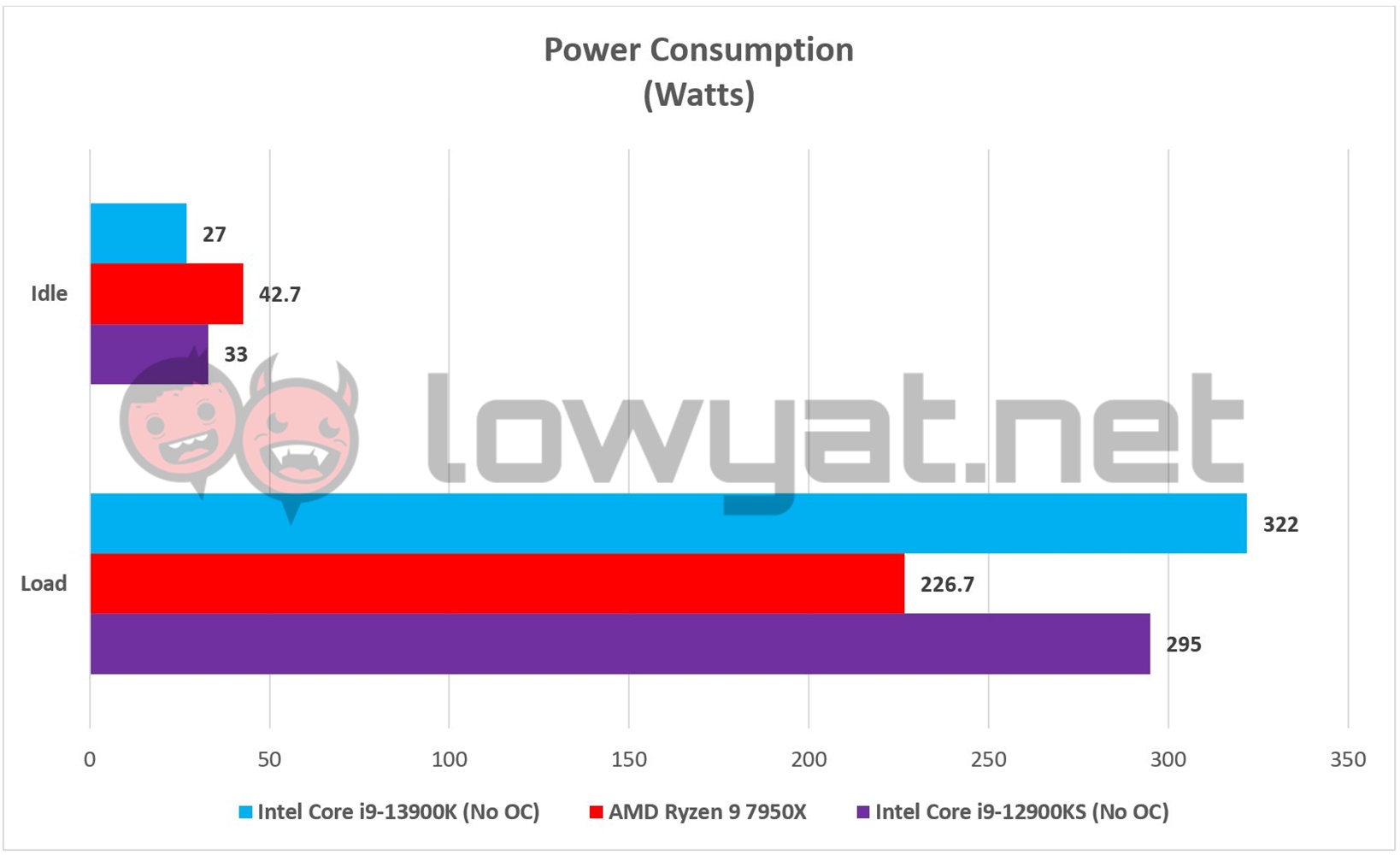 As for power consumption and operating temperatures, you can see that the 13900K draws more power from the wall, compared to the 7950X and 12900KS. That is mildly surprising, considering that this CPU has a lower TDP of 125W over the 12900KS’ 150W.
As for power consumption and operating temperatures, you can see that the 13900K draws more power from the wall, compared to the 7950X and 12900KS. That is mildly surprising, considering that this CPU has a lower TDP of 125W over the 12900KS’ 150W.
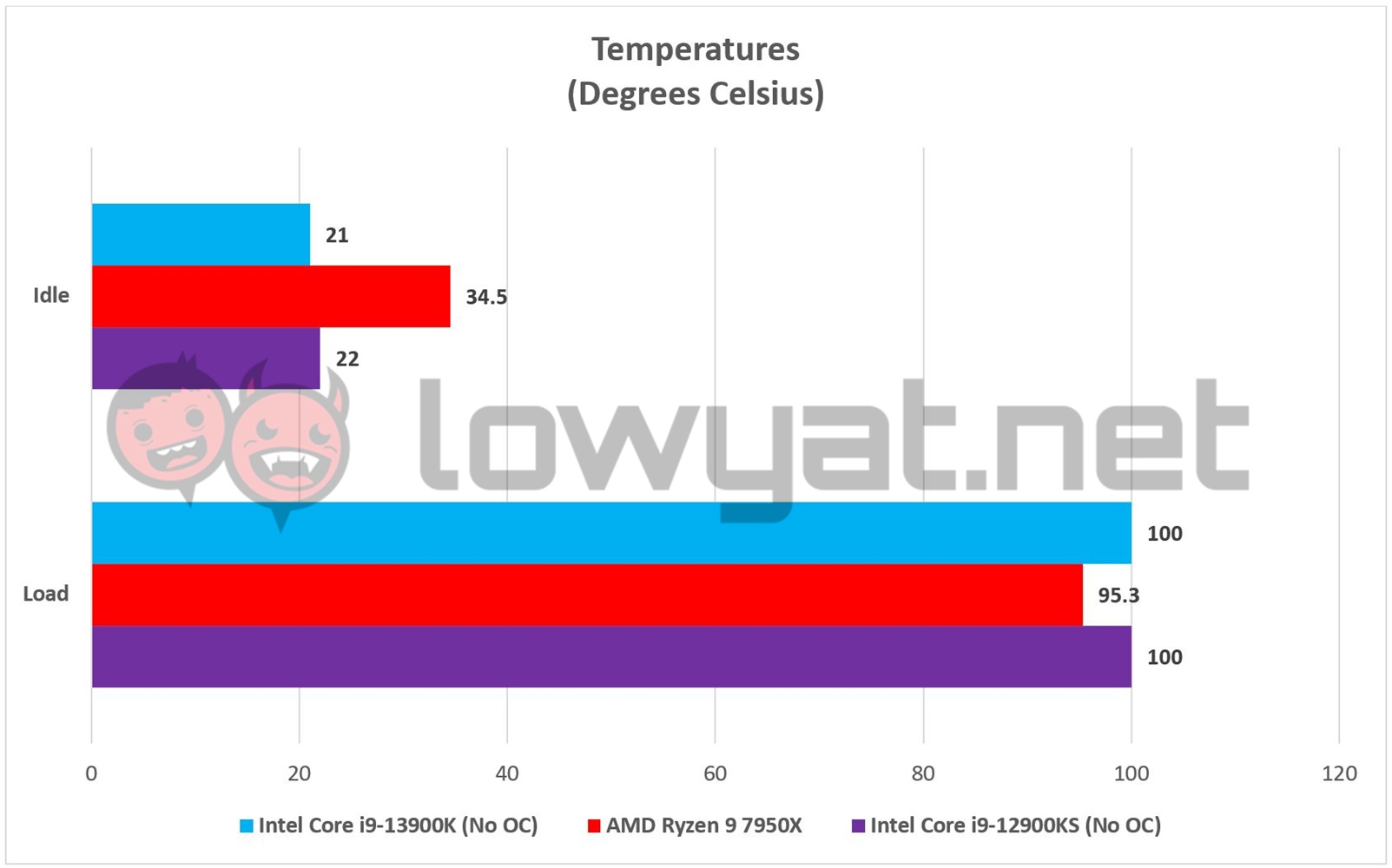 To that end, it comes as no surprise that the 13900K is capable of hitting the 100°C ceiling whenever it operates under a full load.
To that end, it comes as no surprise that the 13900K is capable of hitting the 100°C ceiling whenever it operates under a full load.
Conclusion
At a starting price of US$564 (~RM2600), the Core i9-13900K has once again, allowed Intel to keep its titles as the single-core – or in this case, dual-core – champion, both in the realm of gaming, synthetic, and productivity applications. Unlike the 12900KS, I can confidently say that the results this CPU has shown in my benchmarks are nothing short of impressive.
The only problem I foresee regarding the adoption of the 13900K, along with the other 13th generation Raptor Lake processors that will be launching today, is supply and availability, due to the global slowdown of consumers purchasing their new PCs. For another matter, the 13900K still has a steep battle to reclaim market share from its rival, AMD, and its Ryzen 7000 Series CPUs. Having said that, Intel does have the edge this time around, with this CPU actually costing much less than the 7950X. Surprising, I know.
That being said, if you’re one of those individuals that just want the very best of the best in PC components and particularly, components from Team Intel, then don’t think twice about the 13900K.
Photography by John Law.
Follow us on Instagram, Facebook, Twitter or Telegram for more updates and breaking news.


